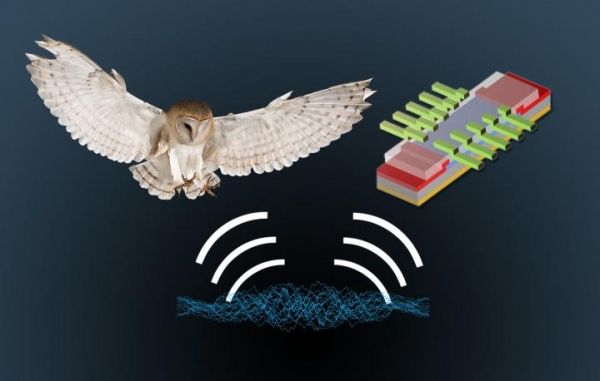The way barn owl brains use sound to locate prey may be a template for electronic directional navigation devices, according to a team of Penn State engineers who are recreating owl brain circuitry in electronics.
"We were already studying this type of circuitry when we stumbled across the Jeffress model of sound localization," said Saptarshi Das, assistant professor of engineering science and mechanics.
The Jeffress model, developed by Lloyd Jeffress in 1948, explains how biological hearing systems can register and analyze small differences in the arrival time of sound to the ears and then locate the sound's source.
"Owls figure out which direction the sound is coming from to within one to two degrees," said Saptarshi Das. "Humans are not that precise. Owls use this ability for hunting especially because they hunt at night and their eyesight isn't all that good."
Read more at: The Pennsylvania State University
This is a split-gated transistor for mimicking the neurobiological algorithm that mimics sound localization in barn owls. (Photo Credit: Jennifer McCann & Sarbashis Das, Penn State)


